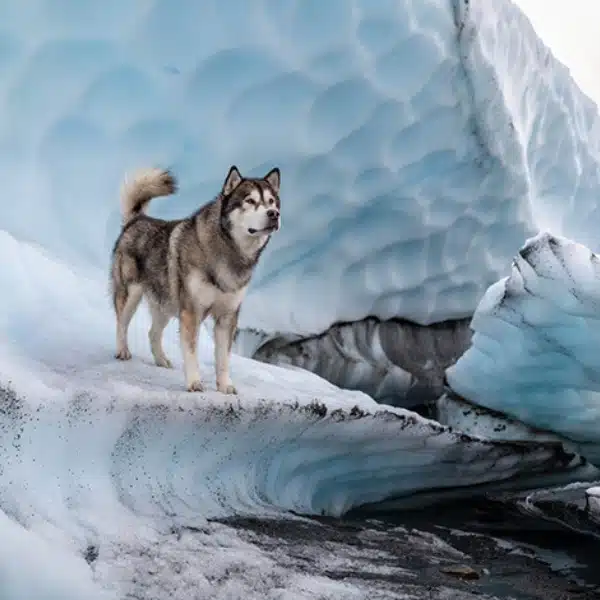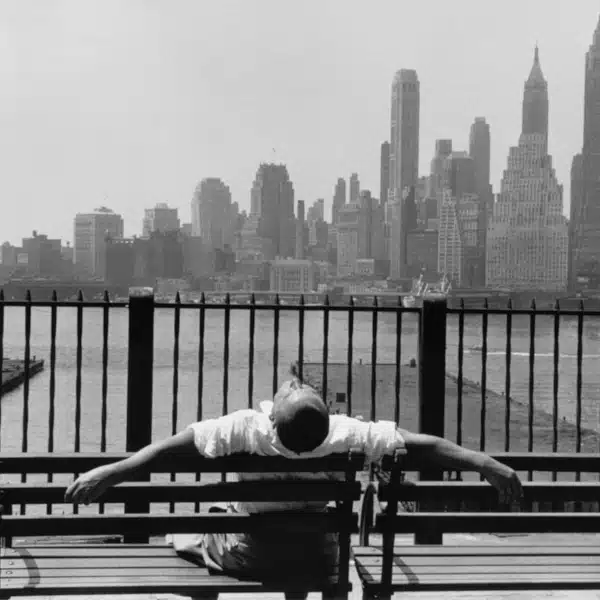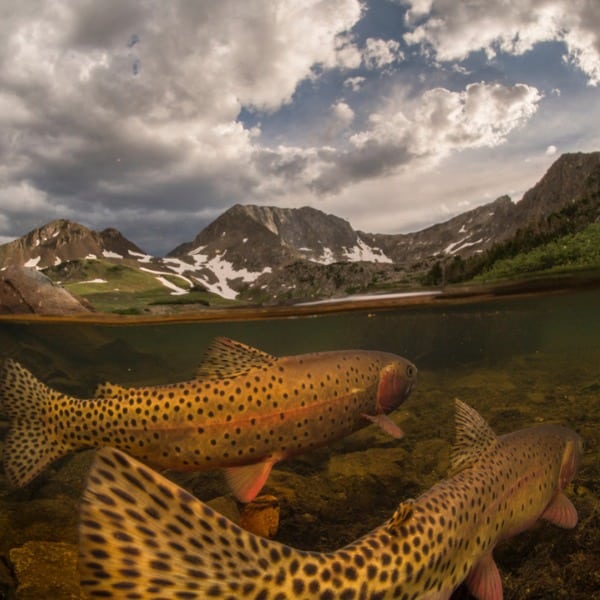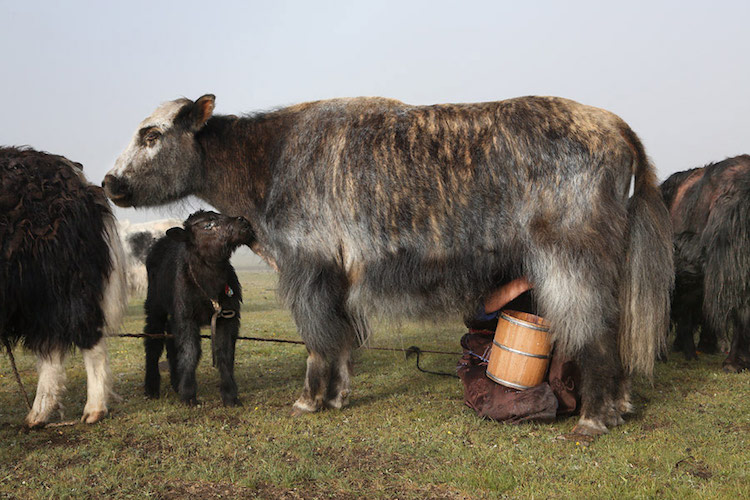
Over the past 10 years, Belgian travel photographer Pascal Mannaerts has been sharing his passion for other cultures with the world. His curiosity and openness to portraying humanity has led him to travel throughout Asia, Africa, Latin America, North Africa, and the Middle East. Through his photography, Mannaerts is able to peel back the layers of society, portraying the cultures he visits with honesty and sensitivity.
In 2014, Mannaerts spent five weeks traveling through Mongolia, traversing this landlocked Asian nation to see for himself what it had to offer. What awaited him were striking barren landscapes, hospitable locals, and the opportunity to visit some of the remotest areas of the country. Of particular interest for Mannaerts were the Tsaatan nomads, some of the reindeer herders on earth. This small community lives in the remote northern Khövsgöl province, and days on horseback were required to reach their camp.
Once there, Mannaerts experienced unbelievable kindness that would teach him more about humanity and the choices that people make. Rather than move to the bustling capital of Ulaanbaatar, the Tsaatan's happily live their nomadic lives in peace, content with their lifestyle. We had a chance to ask Mannaerts about his trip and what he learned from his time in Mongolia, a country largely untouched by mass tourism. Read on for our exclusive interview and enjoy imagery with captions by Mannaerts.
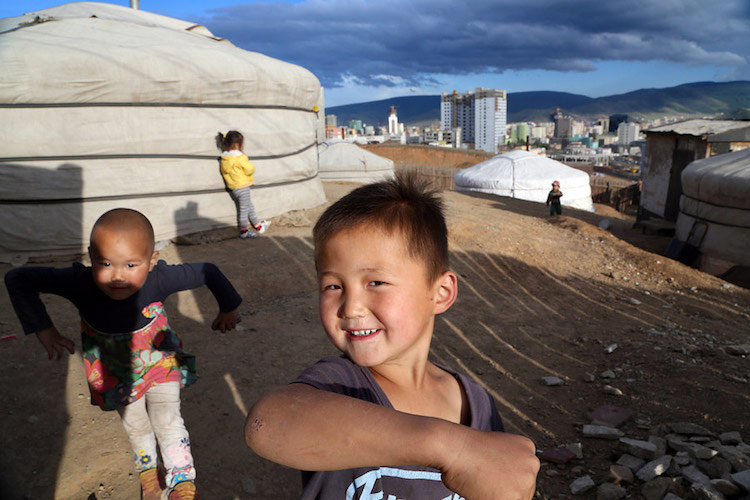
For most of the 20th century, Mongolia was sealed off from the world; seemingly so distant that the very name of the country became a byword for remoteness and isolation. The 21st century promises the polar opposite as Mongolia has opened up to the world, its citizens are travelling the globe and outsiders are arriving by the planeload for business and travel opportunities.
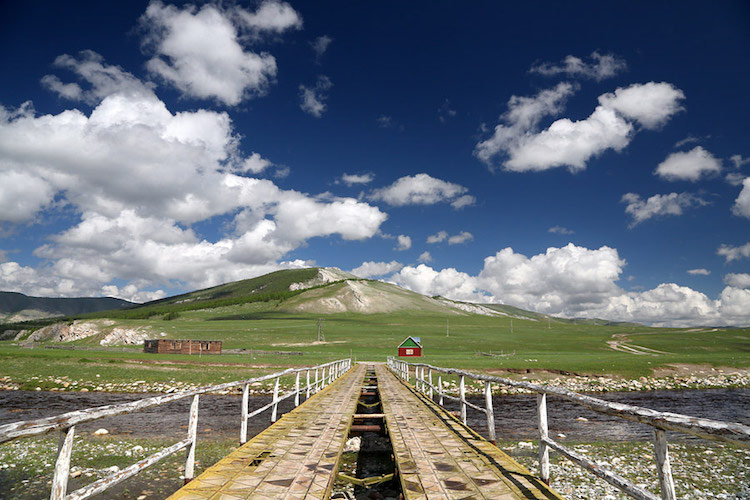

Bayanzag red sand cliffs, today better known as “flaming cliffs” due to their colors ochre and red, are located about 100 kilometers at the northwest of Dalanzadgad.
What's your background in photography and what sparked your love for travel?
Since I was a kid, I’ve always traveled around the world. First with my family and then, growing up, I started to regularly discover new places, backpacking with my camera and my notebooks. I learned photography when I was traveling. I am a self-taught photographer.
For over ten years now, I’ve been traveling the world with my camera. My passion for traveling brought me to Asia, India, Africa, Latin America, and the Middle East. At the beginning of all these trips, there was a simple and powerful dream: I just wanted to discover the world! I dreamt of the unknown, of open spaces and adventures, of discovering different cultures. From the very beginning, I combined this desire to discover the world with my passion for photography.
Photography reflected this spontaneous desire that I had to immortalize my experiences and my discoveries, to capture their essence and their beauty. When I’m on the road, the encounters and interactions that I have with the local people are my priority. I always place the human being as the main focus in my photographic work. I must admit that in the beginning, I had never thought that photographing the world would one day become my main activity. I started doing it by pure passion, and I didn’t think even further.
Over time, my photographs have taken on more and more importance in my life. Each time I shared my pictures with my friends or when I started to share them beyond my personal circle, via social networks, people got more and more enthusiastic, and it really pushed me to try to go further. Besides this first dream that I had to travel the world with my camera, a second dream was born: to make these passions for travel and photography my main activity, and make a living with them. And here I am today.
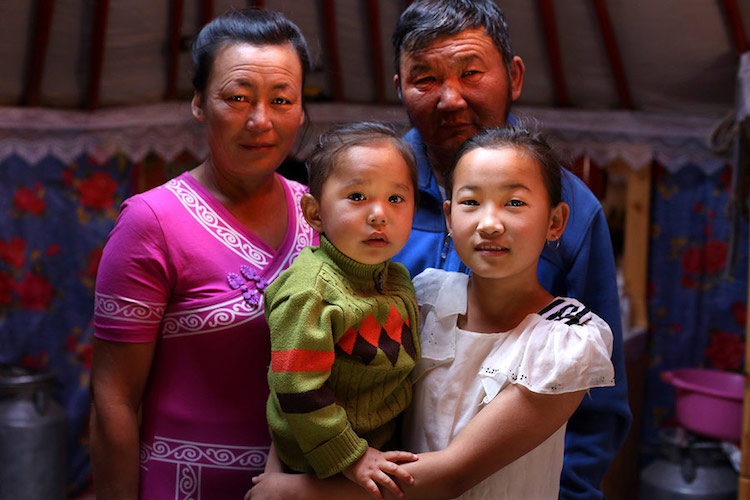
The tradition of hospitality is deeply rooted in Mongolian culture. Nomads need to be able to rely on one another for assistance, even if they are strangers. Travelers know they are welcome to sleep in a family's ger (yurt).

Each family has their own ger (yurt). A ger is a herder's most important possession. When a couple gets married, the family builds or buys them a new ger.
What pushed you to visit Mongolia and did the experience match your expectations?
Before I decided to go to Mongolia, I had already traveled around a lot in Asia. For a long time, I had heard a lot of good things about the country, about the uniqueness of its geography, about its powerful nature, the total loss of landmarks that you can feel there, and the exciting lifestyle of the Mongolian nomads. Mongolia attracted me a lot.
It seemed to be a destination very different from the other countries where I had been and, indeed, Mongolia certainly did not disappoint me. Being in Mongolia is truly a journey like no other. It's a total adventure; it’s a kind of reinvention, a questioning of many things about our ways of life, our relationship to nature, to other people and material, too.
Traveling through the Mongolian steppes gives you an impression of total freedom in time and space—a feeling like time stands still for a while. A feeling of no limits, because simply, the horizon that you have everywhere around you is infinite, and there are very rarely roads to obstruct the landscape. It's a wonderful impression. This trip taught me a lot and really inspired me.
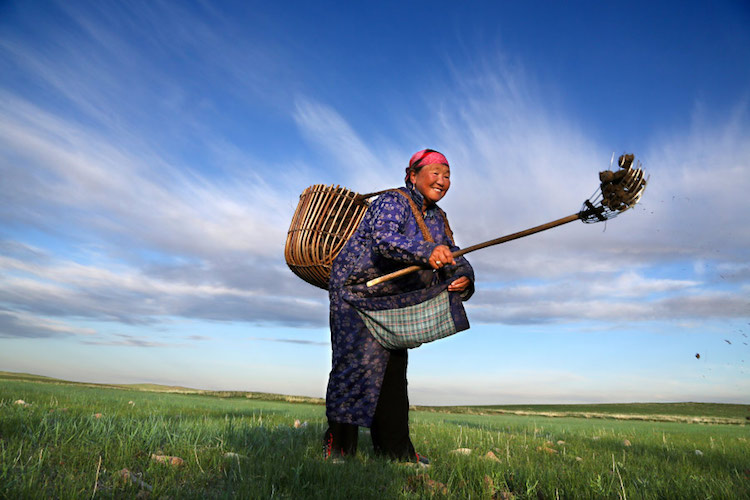
In Mongolia, dried cattle dung is used to make fire for the daily needs. They call it “argal”.
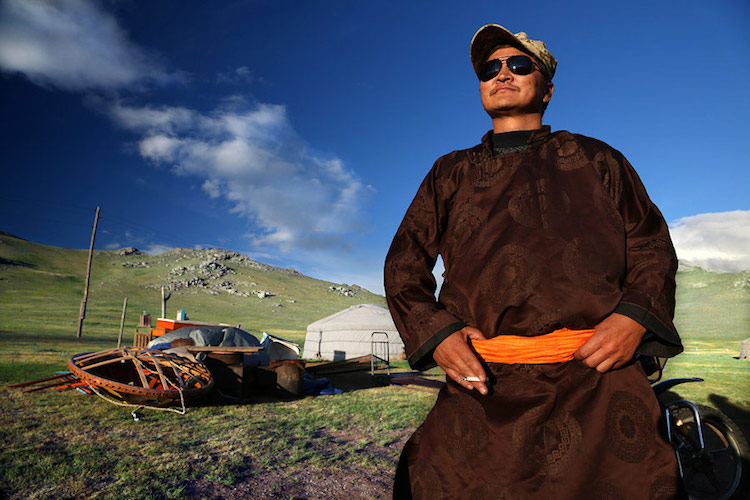
Juve poses with a “deel” (traditional dress) near Lake Terkhiin Tsagaan. He is from Ulaanbaatar. He works as a driver and regularly travels through the country.

While nomadic Mongols live the simple life, their cousins in Ulaanbaatar are lurching headlong into the future. The capital is changing at a dizzying pace and many Mongolians have bought wholeheartedly into the global economy, capitalism, and consumerism. Urban hipster or nomadic shepherd, however, both share a love of democracy. The country is often held up as a model of emerging democratic state.
What aspects of Mongolian culture did you hope to capture while there?
In my series of pictures that I made in the Mongolian steppes, I tried to capture the very essence of the nomadic way of life, which is made of authenticity, simplicity, and sincere hospitality. A real return to nature and to basics. I immortalized portraits of the people we met during our expedition but also daily life scenes and atmospheres, as well as the landscapes of course, which are so often majestic and which are an integral part of the way of life of people in Mongolia. The Mongols are in fundamental and permanent connection with nature and animals. I also tried to represent this in my series of photographs. I was carried away by the magic of the places, the situations, and the moments that we lived.

The Gobi desert, one of the world's greatest deserts, covers much of the southern part of Mongolia. Unlike the Sahara, there are only a few sand dunes in the Gobi desert. You'll rather find large barren expenses of gravel plains and rocky outcrops.
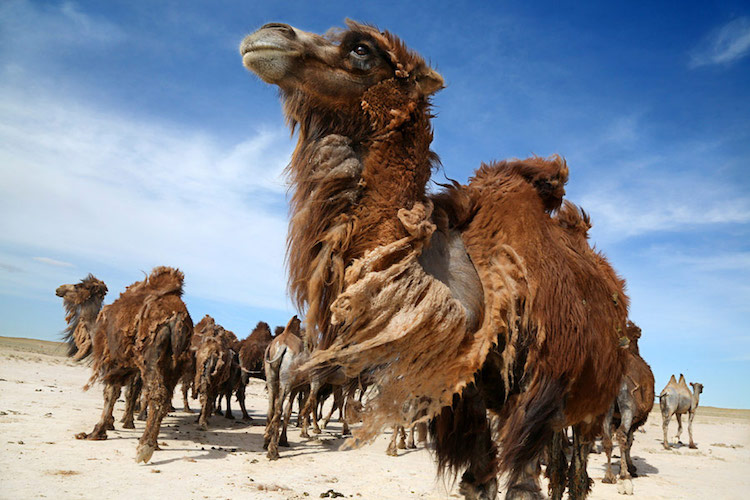
Camels that live in the Gobi Desert are a different species from those living in the Middle East. In Mongolia, they have two humps instead of one. Each hump stores fat and water to keep the camel energetic and well-hydrated. Gobi camels are an endangered species.

Call from the steppes, somewhere in the middle of nowhere.
How difficult—or easy—was it to make a connection with locals for your photos?
Meeting Mongolians is absolutely not difficult, as people in Mongolia are extraordinarily hospitable. Hospitality and mutual help among people in Mongolia is an integral part of their way of life, because of the environment in which they live, and because of their nomadic way of life.
In Mongolia, there are almost no roads. We traveled through the steppes, often for long hours—even days—without meeting a soul around. There is not necessarily a village or town on the way every day, but you’ll find occasionally one or a camp. You can see it in the distance on the horizon, by the little white dots formed by the yurts in the distance. In such an environment, when you suddenly see a trace of human life, the feeling is of course very special. In such conditions, the relationship to others is very different. Spontaneity, authenticity, and solidarity come by themselves.
It's a return to basics and I found it really fabulous. We'd often been driving all day. Then, when the day was beginning to end, if we saw a camp on the horizon, we all naturally went to meet the family of nomads who lived there. We did not know the people but always unsurprisingly, they offered us to share their yurt for the night. Sometimes we slept with them in the same yurt; sometimes they had another yurt for their possible guests. This is a part of their lifestyle.
We always had food supplies with us, which we shared with the people where we stayed. Everything always happened naturally—it was wonderful. It was even disconcerting at times. The only obstacle can be the language since the Mongols do not necessarily speak English. I was there with a Dutch friend, a Mongolian friend, and a Mongolian driver. They, of course, spoke the local language and could serve as translators. Everything was done organically and it was perfect.
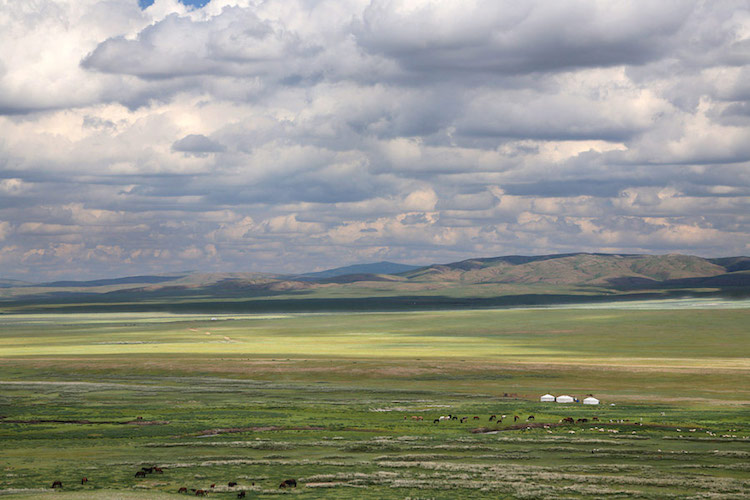
Steppes, to infinity
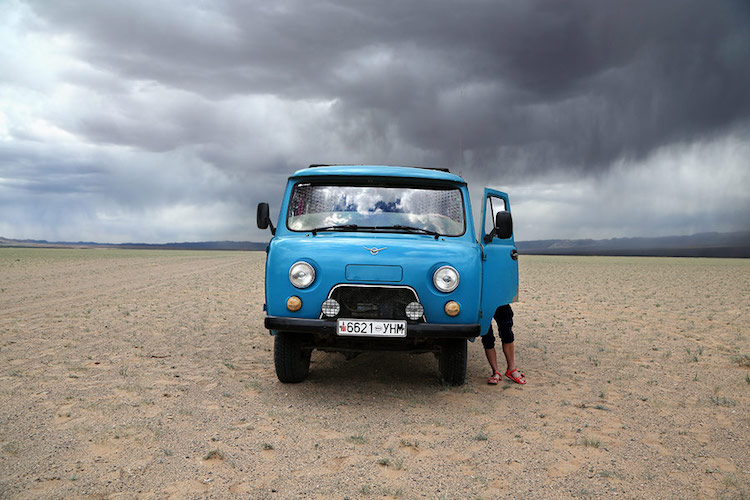
Even if you do manage to stay on the tracks and the jeep doesn't break down, you may not necessarily get to your destination. In the endless steppes, it is all too easy to get lost. Even a GPS won't always do much good, as there are only a few good maps of the country to plot your location on.
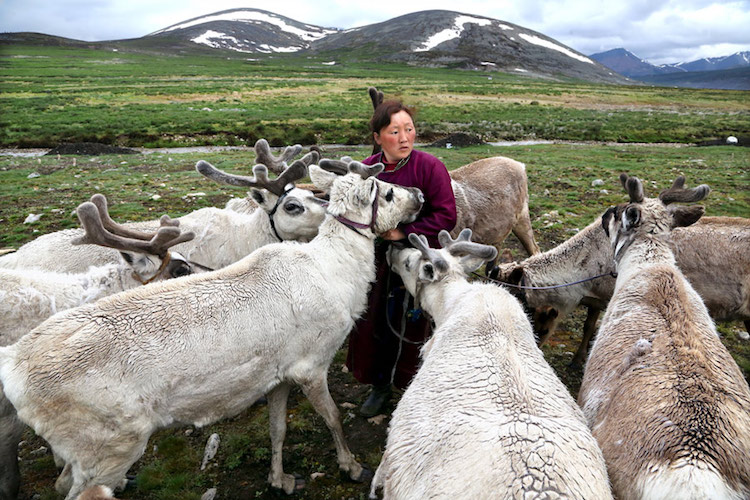
For thousands of years, the Tsaatan, or Dukha people have lived with their reindeer on the remote steppes of Central Asia. Originally from further West, in 1944, the Tsaatan fled from the Russian region now known as the Republic of Tuva. Many families were afraid of losing their herds due to the Soviet government's practice of requisitioning domestic animals during World War II, and the region was also suffering from food shortages and diseases, for which they had little resistance. Now living near Lake Khövsgöl, in Northern Mongolia, the Tsaatan people were eventually granted Mongolian citizenship in 1956, after a number of attempts at deportation. Being one of the last groups of nomadic reindeer herders in the world, the Tsaatan people will usually move their homes and their herds between five and ten times each year.
Was documenting the Tsaatan nomads something you had in mind before your visit?
I had heard about the Tsaatan nomads before I went to Mongolia. When I organized my trip with my friends in Ulanbataar, I really insisted on going to this part of the country, in the area of Khövsgöl Lake. They mainly live in this specific region and I absolutely wanted to meet them, even though I knew it was not going to be easy because they live in very remote areas that are only accessible after several long days of horse riding through the plains and mountains.
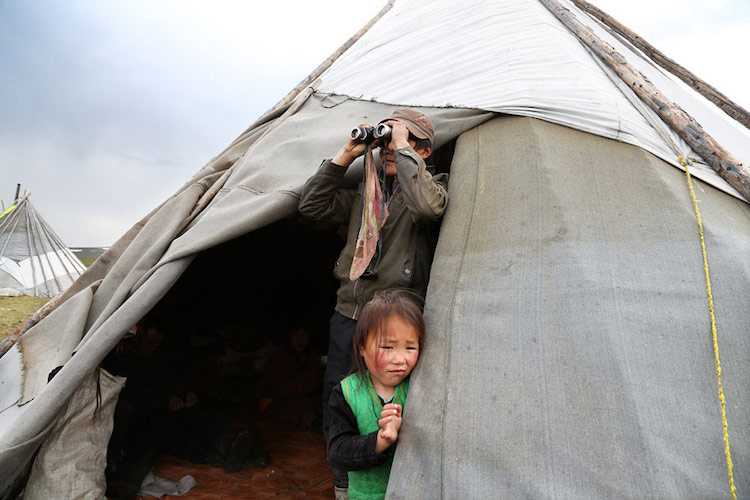
The Tsaatan name for each small community group, usually consisting of several families, is olal-lal, which literally translates as ‘them' in their native language. Each specific group is known by the name of a representative member, and families will set up yurts close to one another, working closely together to herd and care for their reindeer.
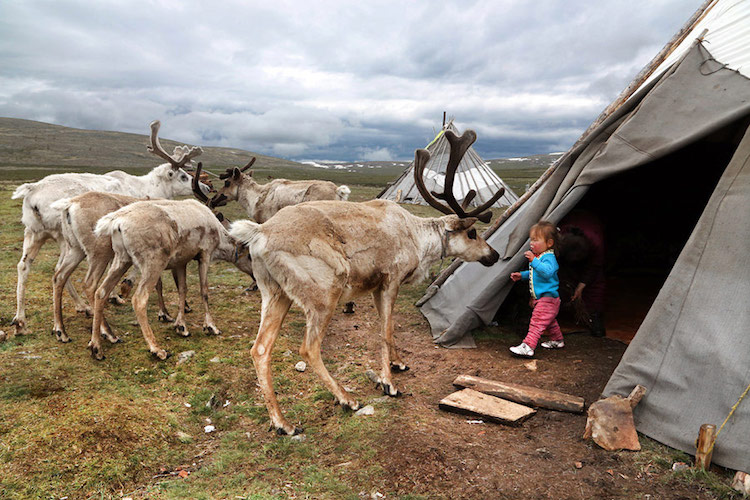
Made primarily from birch bark, the Tsaatan's yurts resemble the teepees of Native-Americans. It will often require the bark from more than 30 trees to construct a large yurt, and each family will keep their hunting equipment, saddles, tools and utensils inside, along with a stove for cooking their meals in the middle.
What's the most memorable part of your time with the Tsaatans?
There were many wonderful moments during our expedition to meet Tsaatan nomads. First of all, I remember the moment when, after long hours of horse riding through the deserted mountains, we saw their camp in the distance. We saw a few tiny white dots on the horizon—they were still very far away—but…we had found them! My inner excitement and the emotions were pushed to new heights.
I remember all these moments of everyday life that we shared with them. Family members were always keen to take us to get in touch with their day-to-day activities, such as reindeer milking and running after the animals in the late afternoon to gather them at the camp for the night. The moments of cooking and eating under the tent were also fascinating; with the interesting discussions we had on our respective lifestyles.
I remember this time when we talked to the mother of the family, Bolorma. She told us that she had once visited the Mongolian capital Ulanbataar but that life in the city was clearly not made for her. It had completely frightened her, and she would never think of leaving the plains and the mountains to lead a sedentary life, even though she knew very well that life in the capital could be more comfortable. We asked her what made her happy in life and I remember her look and the emotion that came from her face when she frankly said, without hesitation: “My family and my reindeer, I do not need anything else, I am happy.”
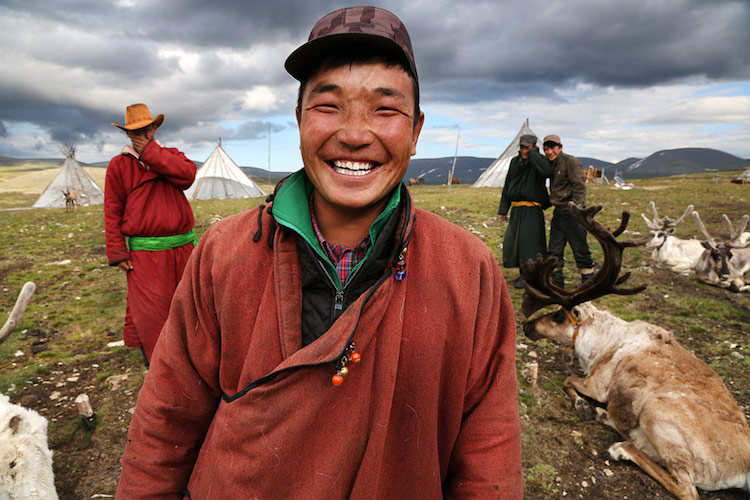
Bayrsaïhan, Chagtan, Baagii and Nuuru, live at the same camp as Narahuu and Bolorma, Mannaerts' hosts.

Bayrsaïhan is cutting wood at the end of the day for the daily needs of the family.
What do you hope people take away from your work?
My photo work on Mongolia is, above all, a witness of the experiences that I lived there. I hope to be able to convey, via my photography, the beauty of what I personally found in this amazing country that is Mongolia, the emotions that I felt there too, and their intensity. I hope that my images and this exceptional relationship that Mongolians have with nature and animals will touch people as much as it touched me.
More specifically, about my reportage on the Tsaatan nomads, I think it is important because the Tsaatan nomads I met in Mongolia are among the last nomadic reindeer herders on the planet. Only about 40 families continue the tradition today. I am happy to have had the privilege of meeting them and being able to share this reportage around the world.
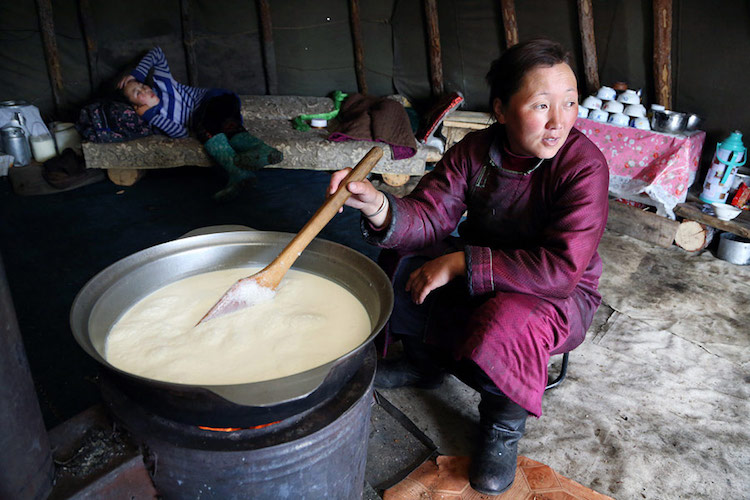
The girls and younger women do the milking, and make yogurt, cheese, and milk tea. Here you see Bolorma boiling the daily milk ration for her family. Afterwards, she will make cheese and yoghurt out of it.
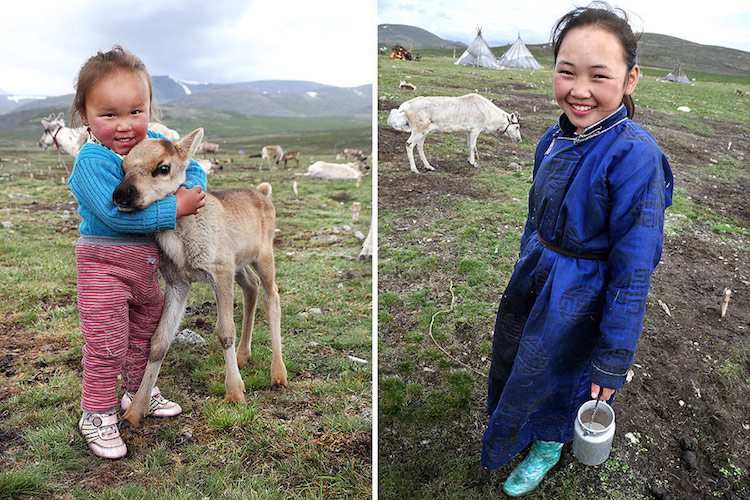
Tuvshinbayar and Ulziisaihan, children of Narahuu and Bolorma.
How do you think that visits by photographers like yourselves can impact these small communities?
As I said, I think it is important to evoke and share, through photography or writing, the uniqueness, the beauty, and the authenticity still very real today of the way of life of people like the Tsaatan nomads. I also think that the way to meet such people to realize this kind of reportage is fundamental. Empathy, respect, humility are the keywords. The contact we had with them was very simple, a human-to-human contact. This reportage is the result of a personal life experience. My photos are the witness and the memory of my encounter with them.
I think that everything lies in the interpersonal approach and in the way to realize these kinds of reportages. We had arrived in the village of Tsagaan-Nuur and had met there a member of the Tsaatan family. We organized things with him, it all started from there. Then we got on the horses to go through the mountains together, to join the Tsaatan family.
We arrived at their place in very small numbers. We were two foreigners and one Mongolian, guided by a member of the family, and we behaved and lived in the simplest, most humble and discreet way possible, with full openness for a maximum of exchanges. The Tsaatan family where we lived had not met many foreigners and I think the exchanges and enrichments were reciprocal. This is, of course, very different from what can be found in other countries, where “tourist trips” for large groups are organized in “tribal discoveries” mode. Here, it was a real human-to-human encounter, taking the time, and I think that's the way it should be to respect the tribes, their environment, and their way of life.

Narahuu's aunt is offering us a bowl of Suutei tsai, the traditional salty milk tea.

Ulziitsetseg, the second daughter of the family.
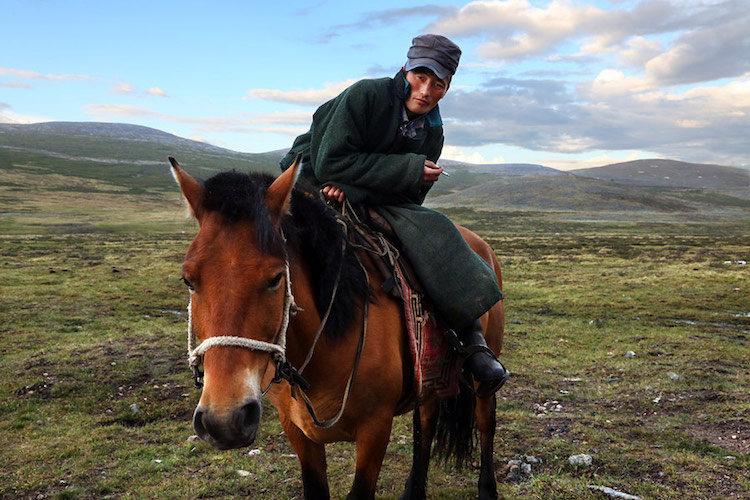
Baagii wears the Tsaatan traditional dress. It is characterized by hats like those of the Khalkh people, and wide deels (traditional Mongolian overcoats). They wear strong, warm boots fashioned from the hides and sinew of their reindeer. These boots are known for their quality of workmanship and are very expensive to purchase.

The photographer and his traveling companions with their Tsaatan hosts.
Pascal Mannaerts: Website | Instagram | Facebook
My Modern Met granted permission to use photos by Pascal Mannaerts.
Related Articles:
Fascinating Photos of Reindeer People Living in Mongolia
Powerful Portraits Capture the History and Masculinity of Mongolian Wrestling
A Photo Exploration of the Nomadic Culture in Mongolia
Interview: Rare Portraits Immortalize Siberia’s Indigenous People in Danger of Extinction











































































